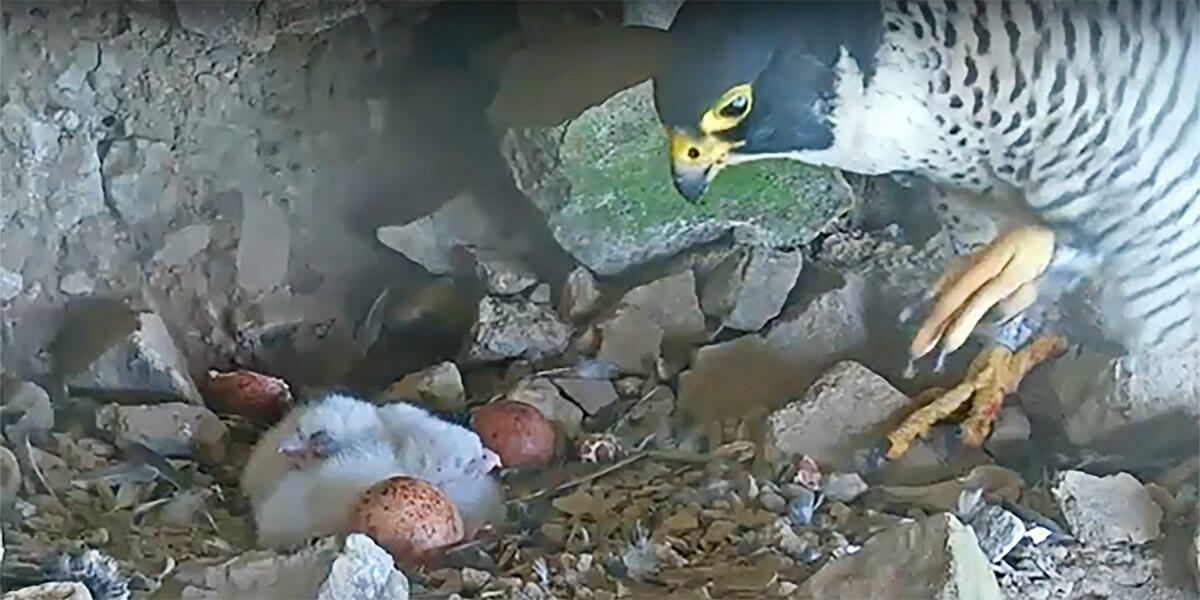Your parks need you now
Your support helps fight climate change and promote park sustainability—please give now.

Did you know Alcatraz Island is a seabird sanctuary? National Park Service biologist Lidia D’Amico works, in short, for the birds.
"Alcatraz is really busy: up to 5,000 people can be visiting the island per day," said D'Amico. "It’s really incredible that Alcatraz can function as both a historic and cultural landscape and also be a sanctuary where thousands of birds can also thrive. It’s promising for the future that if we just give them space and have protections in place they can thrive in these urban environments."
Read on to learn more about how birds live and thrive on the rock.
Alcatraz is centrally located in the Bay, so birds don’t have to travel far to forage for food. Plus, it’s an island, it’s isolated, and, importantly, it has no mammalian predators.
We typically have 9-10 different species of birds breeding on the island and each species occupies its own special niche. The western gulls have a high tolerance for human presence and will nest anywhere and everywhere; Brandt's Cormorants are more specialized and only nest on the western side of the island, which is seasonally closed during spring and summer. Other birds, like herons and egrets, nest in trees. Pigeon Guillemots like to nest in cavities around the island just above the high tide island—as you arrive at the dock you’ll see them at the water.

While you won't necessarily see the nesting Peregrine Falcons on Alcatraz, they have been the stars this year. They’ve got an interesting story because the female, Lawrencium, was banded at the UC Berkeley campanile and now she and her mate have been nesting on Alcatraz since 2020. They’re exciting to watch and very vocal. I usually hear them before I see them! The nesting season this year was really impressive because the couple was able to raise four chicks.
The seabirds on Alcatraz can be indicators of environmental changes. For example, since 2020, we have seen the cormorant population increasing on Alcatraz, which may be an effect of changing ocean conditions offshore. If something is going on with the birds, we should pay attention, find what they’re adapting to, and figure out what’s going on at large.
Your support helps fight climate change and promote park sustainability—please give now.